Chelsea legend John Terry took to X(formerly Twitter) to publicly disagree with the decision to give Chelsea a penalty over a William Saliba handball on October 21.
The ball struck the arm of the Frenchman during Arsenal's trip to Stamford Bridge. After a lengthy review, referee Chris Kavanagh awarded the spot-kick, which Cole Palmer duly converted.
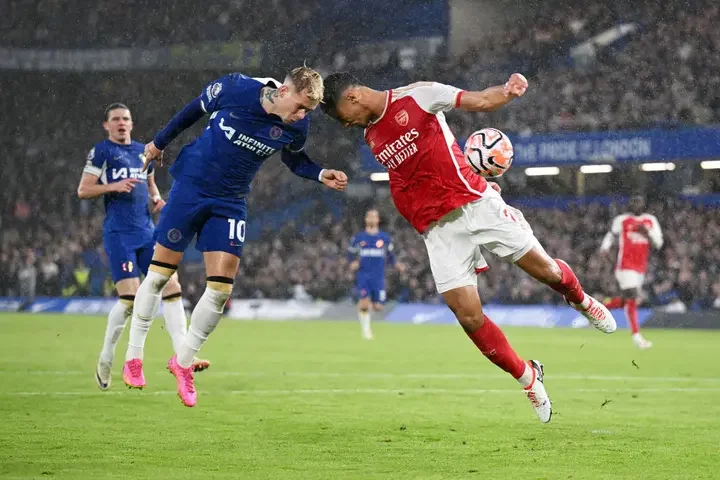
Earlier in the day, Everton's resilience at Anfield was broken down after Michael Keane gave away a penalty. Scott McTominay turned from hero to villain in seconds at the Bramall lane when he handled the ball inside the area.
Fans have remained divided on whether all or some of the incidents were a little bit harsh on the victims. So, what exactly are the handball rules in the Premier League when awarding a penalty? Sports Brief attempts to explain the controversial rules whose application tends to stir more confusion with each passing game.
Handball rules in penalty decisions
Ahead of the 2021/2022 season, the International Football Association Board(IFAB) made some amends to the rules as captured on the Premier League's website.
It was decided that moving forward, emphasis would be placed on a deliberate action by the player and whether the arm was in a natural position or not.
If an arm is extended away from the body, making the body bigger, then there is close to 100% likelihood that the penalty would be given. This explains the thinking behind the Keane and Saliba decisions against Liverpool and Chelsea, respectively.
Any handball offence when the arm was in an unnatural position, whether intentional or not, will always be penalised.
The IFAB defined the arm as anywhere below the sleeve, which gives players the leeway to play the ball with their shoulders. Which explains why that Rodri handball against Everton on March 1, 2022, stoked flames.
A player who deliberately moves his hand towards the ball in an attempt to stop a cross or a goal will also be guilty of the handball offence. McTominay's case falls here. The replays show that his hands were close to his body, but the Scot appeared to move his arm towards the ball.
The proximity of the ball to player
However, there is a slight twist in the arm being in an unnatural position under the proximity clause. It will be under the discretion of the match officials to decide how close the ball was to the player's arm before it was hit and how fast the ball was moving. Could he have reacted quickly enough to remove it?
In the Saliba case, Raheem Sterling swung in a cross and as the defender tried to head it away, Mykhailo Mudryk jumped in with a header, sending the ball straight into his arm. On a different day and maybe a different official would have ruled that the ball was too close to Saliba and denied Chelsea a penalty.
And therein lies the problem with the application of the rules - inconsistency. On October 21, all three decisions read from the same script. But methinks it won't be long till a different decision is made from almost similar circumstances.
Sterling and Palmer argue over penalty
Sports Brief reported on Sterling and Palmer arguing over who would take the contentious penalty given to the Blues in their 2-2 draw against Arsenal.
The two former Manchester City stars were dragging the ball before Argentina midfielder Enzo Fernandez waded in and passed the ball to the 21-year-old, who scored, and the whole team brushed it aside and celebrated the goal.

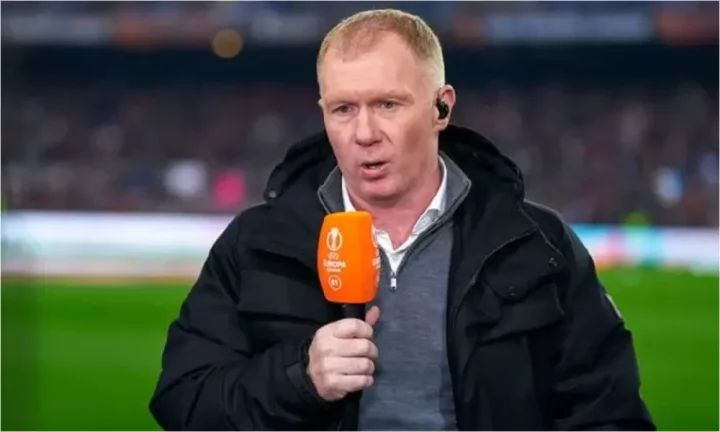
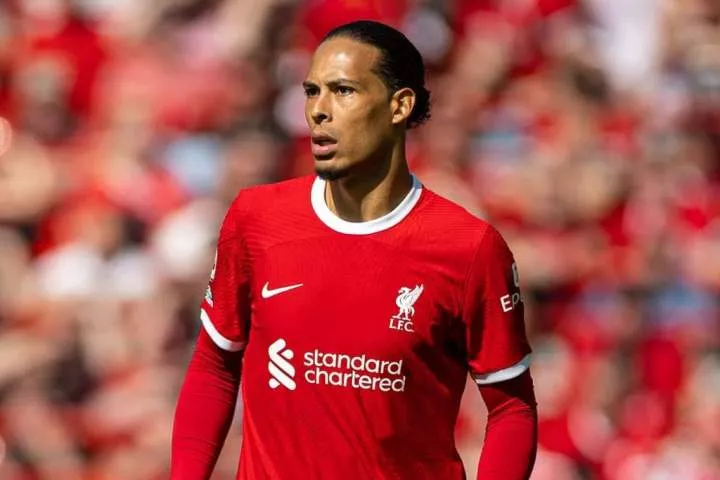
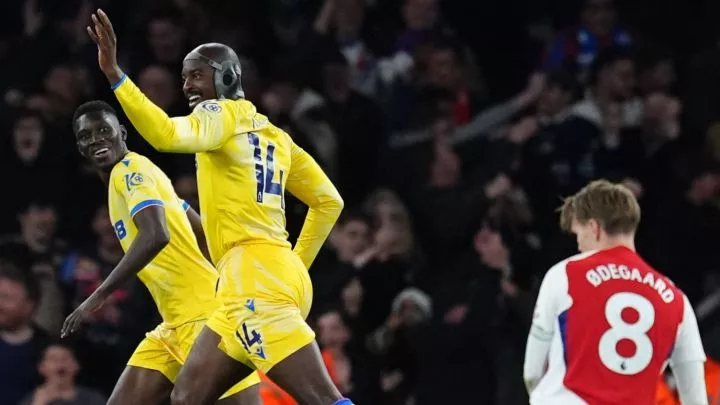

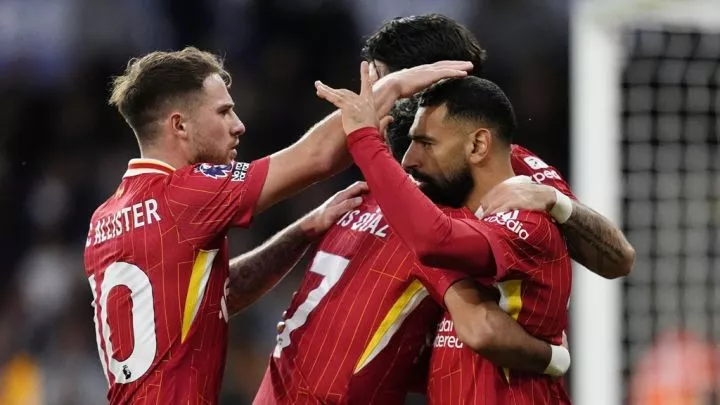

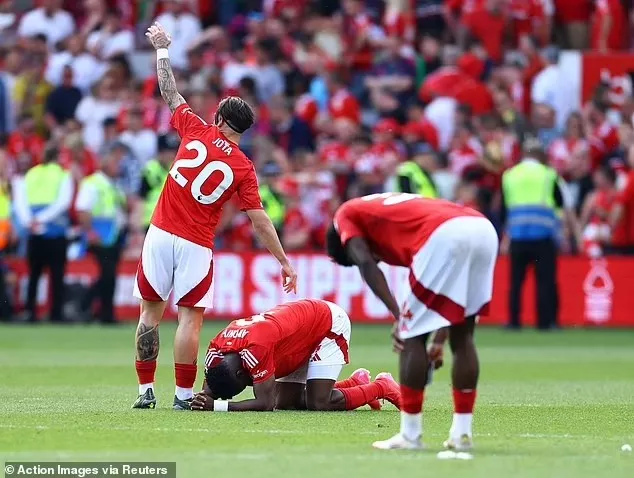



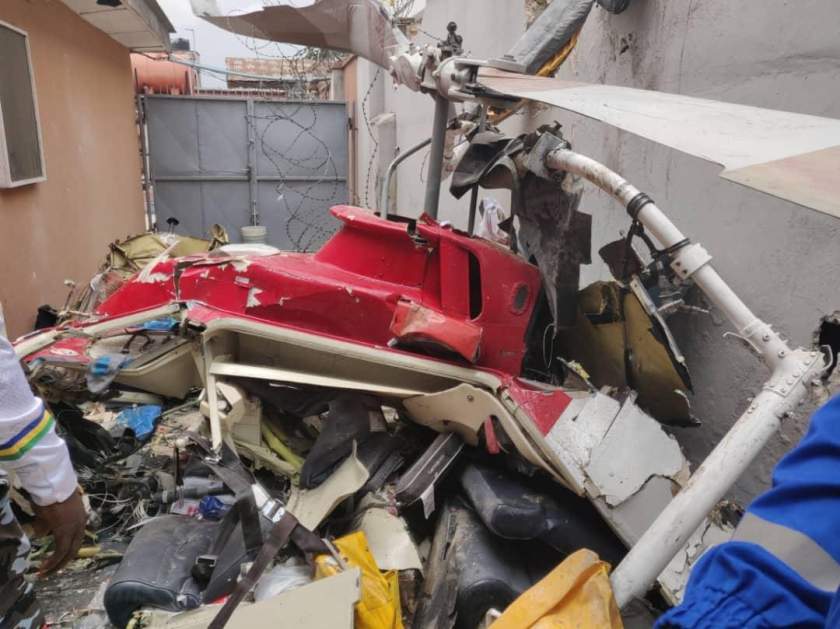


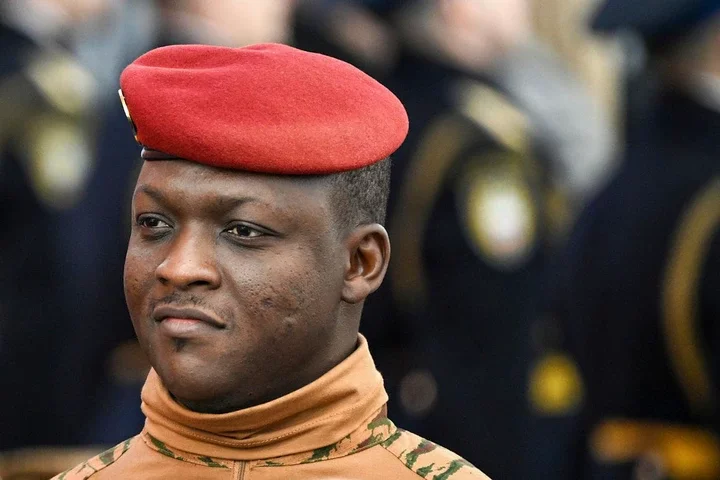


Comments